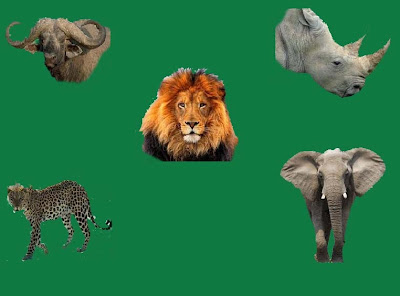Saturday, July 13, 2013
Friday, July 12, 2013
ABOUT SEA TURTLE
Sea turtles are turtles that inhabit
all of the world's oceans except the Arctic. Sea turtles, along with other turtles
and tortoises, are part of the order Testudines. The leatherback belongs to the family
Dermochelyidae and is its only member. Sea turtles
constitute a single radiation that became distinct from all other turtles at
least 110 million years ago.
Sea turtles
are large, air-breathing reptiles that inhabit tropical and subtropical seas
throughout the world. Their shells consist of an upper part and a
lower section. Hard scales cover all but
the leatherback, and the number and arrangement of these scutes can be used to
determine the species.
Only females come ashore to nest; males rarely return to
land after crawling into the sea as hatchlings. Most females return to nest on
the beach where they were born. Nesting seasons occur at
different times around the world. In the U.S., nesting occurs from April
through October. Most females nest at least twice during each mating season;
some may nest up to ten times in a season. A female will not nest in
consecutive years, typically skipping one or two years before returning.
Thursday, July 11, 2013
WHERE IS THE NILE RIVER
The river Nile
is in Africa. It originates in Burundi, South of equator, and flows northward through
north eastern Africa, eventually flowing through Egypt and finally draining
into the Mediterranean Sea. The Nile is a major north-flowing river in northeastern
Africa, It is the longest river in the world running about 6,650 km
The River Nile is formed from the
White Nile, which originates at Lake Victoria and the Blue Nile, which
originates at Lake Tana in Ethiopia. These rivers meet in Sudan and then go on
their long journey northwards towards the sea.
The White Nile is a lot bigger than
the Blue Nile, but because of losses along the way the it only contributes
about 15% to the flow of the combined Nile. The Blue Nile, rising in Ethiopia,
contributes about 85% to the flow of the Nile that passes through Egypt to the
Mediterranean.
The course of the Nile in Sudan is
distinctive. It flows over six groups of cataracts, from the first at Aswan to
the sixth at Sabaloka (just north of Khartoum) and then turns to flow southward
before again returning to flow north. This is called the Great Bend of the
Nile.
The Yellow
Nile is a former tributary that connected the Ouaddaï Highlands of eastern Chad
to the Nile River. Its remains are known as the Wadi Howar. The wadi passes
through Gharb Darfur near the northern border with Chad and meets up with the
Nile near the southern point of the Great Bend.
BLACK CHERRY TREE
The black
cherry tree is a woody plant species belonging to the genus Prunus. The tree
can grow up to 15-35 metres with a trunk diameter of up to 50 – 130
centimetres, a mature black cherry can easily be identified in a forest by its
very broken, dark grey to black bark, which has the appearance of very thick,
burnt cornflakes.
Pale green
berries begin to form as pea-size balls in late spring, born in long, hanging
clusters, Ripening in late summer, The fruit is not truly ripe, however, until
it has turned black, usually in August. By then, it has softened and become quite
juicy. Edible by humans, the tastes is sweater when ripe, but is still some
what bitter.
Because the
seeds so easily germinate, this tree can quickly invade in lawns, borders and
forests, and grows from a seeding even in underbrush. It prefers deep, moist,
rich soil of varying PH levels, but will tolerate poorer soils and drought once
established.
ABOUT WHALES
Whales are the largest animals one earth they are mammals
What hunt for food using a variety of techniques and not all
species of whale will hunt for or attack their prey in the same way.
The way it works is as they their prey they send out a
series of clicking and busing noises, these clicking and busing sounds bounce
off of objects in the area (such as fish or other aquatic lifeforms) and return
back to the whale indicating information such as how far objects are, what type
of texture it is (hard or soft), and whether or not the object is moving or
still.
Unlike most animals, whales are conscious breathers.
All mammals sleep, but whales cannot afford to become unconscious for long
because they may drown
Whaling is no longer the only threat to whales. The
oceans, or rather, human impacts on the oceans, have changed dramatically over
the half-century since whales have been protected.
Known environmental threats to whales include global
warming, pollution, overfishing, ozone depletion, noise such as sonar weaponry,
and ship strikes. Industrial fishing threatens the food supply of whales and
also puts whales at risk of entanglement in fishing gear.
Subscribe to:
Posts (Atom)




